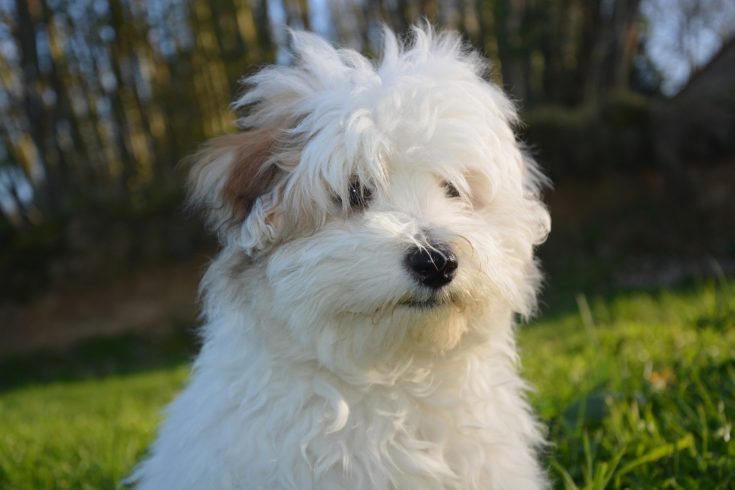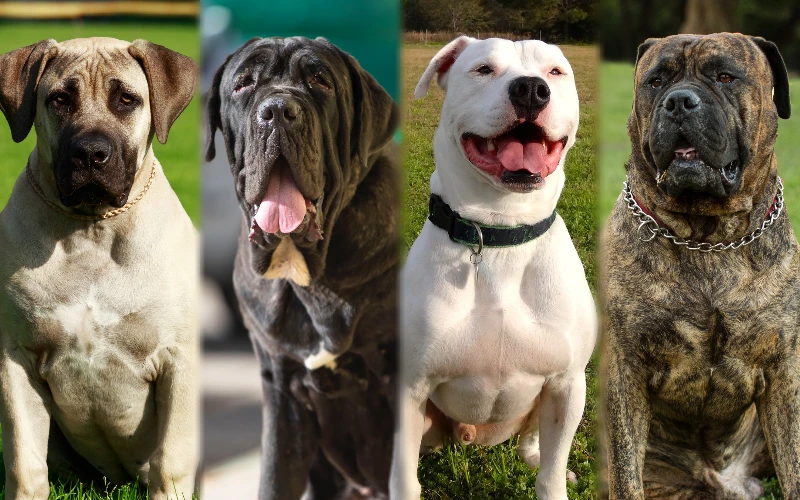Working Line German Shepherd: Origin, History, Traits & Facts
By Ed Malaker
Updated on
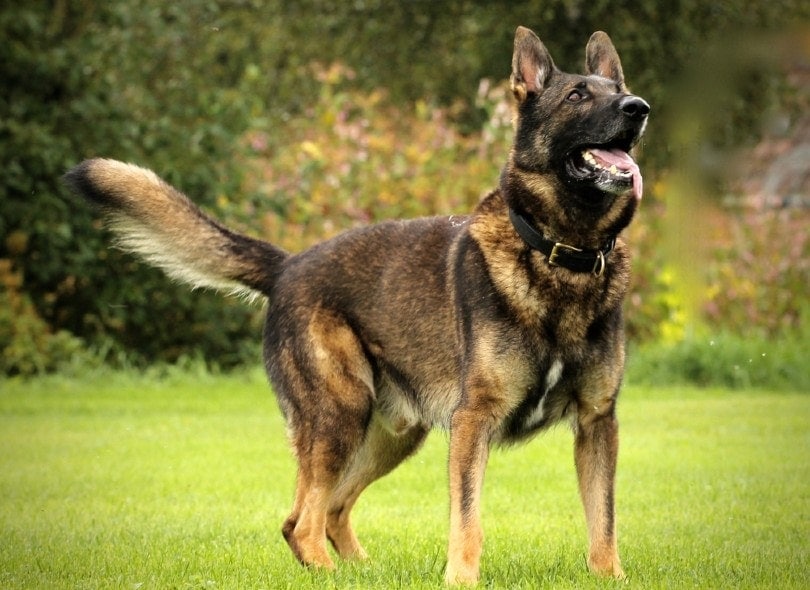
The Working Line German Shepherd is the original version of the breed that began in Germany in 1899. Since then, it has branched into two distinct lines, one is the show line, and the other is the competition line. If you are thinking about getting a working line German Shepherd for your home but would like to know more about it and how it differs from the competition line, keep reading while we look at the origin, history, and other interesting facts to help you make an informed decision.
Working Line German Shepherd Origins
As we already mentioned, the German Shepherd originates from Germany, as the name implies. A breeder named Max Emil Friedrich von Stephanitz created it after falling in love with the sheep herding dogs he saw in the northern part of the country. These dogs were intelligent and had fast reflexes, but their numbers began to fall as modern buildings replaced land for sheepherding. Before the dogs disappeared completely, Stephanitz purchased a few dogs and some land to create the breed we know today as the Working Line German Shepherd.
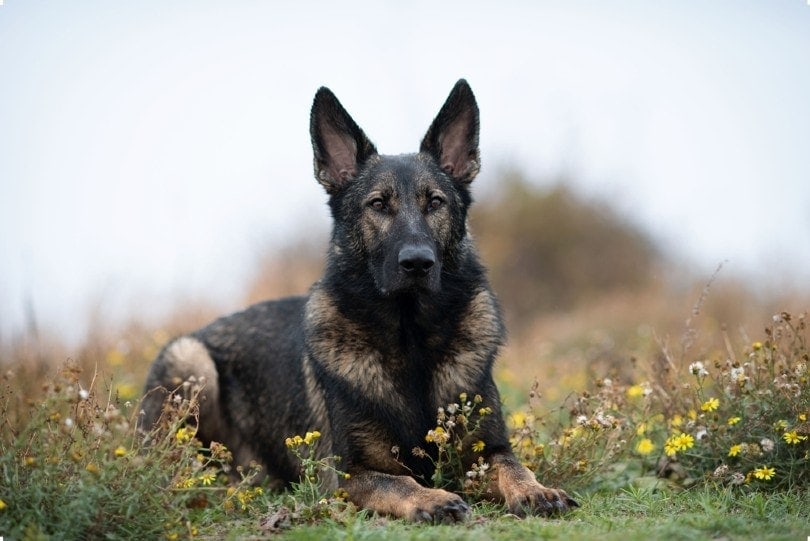
Working Line German Shepherd History
Originally breeders were not concerned about the dog’s appearance, only about its ability to herd sheep. Stephanitz worked to change that and create a dog that was functional as well as attractive. He worked to develop a dog with upright ears and a wolf-like body style that many people preferred. He wanted a medium-sized dog with heavy, strong bones to give them more traction when running, so he mixed his northern dogs with breeds from the south to achieve these qualities. He also wanted to ensure the dog had the proper temperament for training and working, so temperament is still an important part of breeding today.
German Shepherds were popular service dogs before World War 2 but fell out of favor soon after due to their association with Germany. However, their popularity began to rise again in the 1970s, and they are currently one of the most popular breeds in the United States. Both law enforcement and the military use them for all kinds of jobs, from bomb-sniffing to rescue missions due to their extreme intelligence, strength, and high energy level. As the breed became popular again, the competition line also became popular, changing the breed standard and giving dogs increasingly short, frog-like back legs. Many people criticize the competition line as bad for the dog’s hips.
Working Line German Shepherd Traits
- Alert – The German Shepherd is naturally alert and has a keen sense of awareness. It’s extremely good at detecting potential threats, and it uses its sensitive hearing to detect people and animals at great distances.
- Confident – One of the reasons German Shepherds excel at dangerous tasks like search and rescue is that they are confident dogs that don’t lose their temper in stressful situations. They do not scare easily and can remain focused in highly distracting environments.
- Friendly – German Shepherds make excellent companion dogs because they are quite friendly toward their family members. They are gentle with children and the elderly and are attentive to their needs.
- Intelligent – German Shepherds are one of the smartest dogs you can purchase, only beaten out by the Border Collie and the Poodle. These dogs can learn complex multi-step tasks and will continue to amaze you with their problem-solving abilities.
- Loyal – German Shepherds are extremely loyal and will stay by their owner’s side regardless of the danger to themselves.
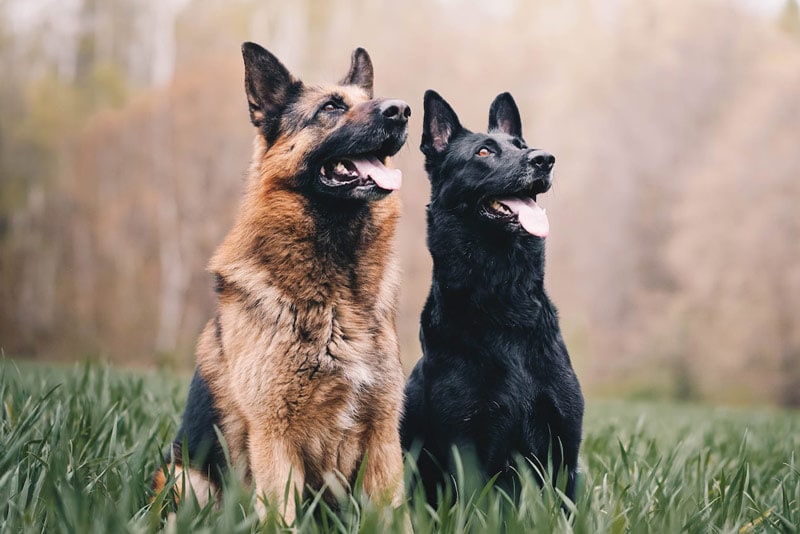
Working Line German Shepherd Facts
- German Shepherds explore much of the world using their extremely sensitive noses.
- German Shepherds prefer to stay near their owners and provide constant companionship.
- German Shepherds are suitable for a wide range of tasks, from rescue dog to watchdog.
- German Shepherds are herding dogs that might nip at you to get you in line.
- German Shepherds require plenty of activity to prevent them from digging, barking, and chewing.
Conclusion
We hope you have enjoyed reading this short guide, and it has helped answer your questions. The Working Line German Shepherd is a better choice, in our opinion, because the straight back is less likely to have problems with the hips. The working line is usually less expensive, and purchasing one reduces demand for the competition line, which some people think is bad for the dog.
If we have helped you learn a little more about this breed and convinced you to get one for your home, please share this guide to the Working Line German Shepherd on Facebook and Twitter.
See Also:
Featured Image Credit: LNbjors, Shutterstock




